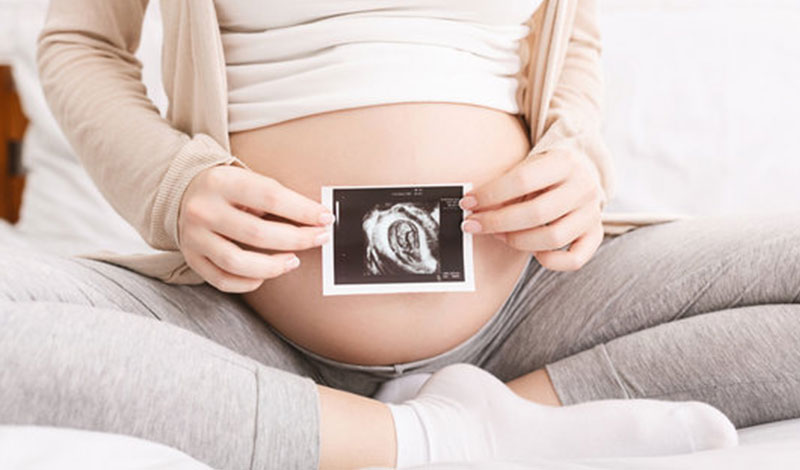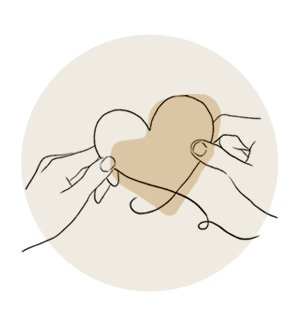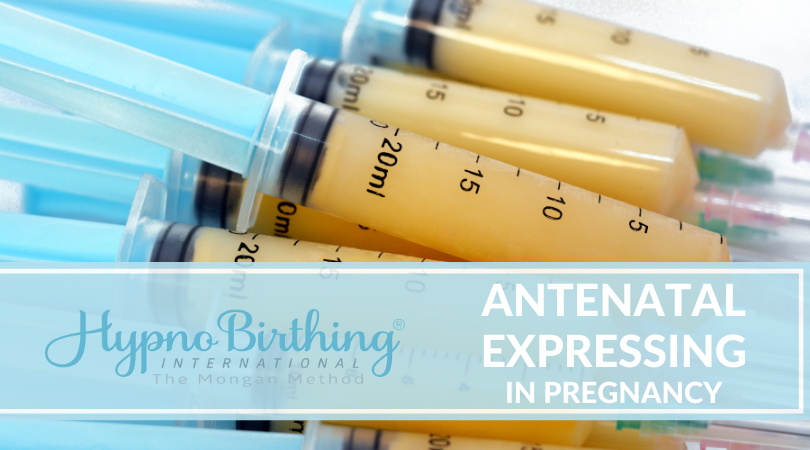Become Informed On Routine Ultrasound in Pregnancy
Ultrasound is used during pregnancy to check the baby’s development and to help pick up any abnormalities. Ultrasounds are only necessary if there is a medical concern. As noted above, ultrasounds enable your healthcare provider to evaluate the baby’s well being as well as diagnose potential problems. For women with an uncomplicated pregnancy, an ultrasound is not a necessary part of prenatal care. It is important to remember that simply because a procedure is referred to as ‘routine’, you should always understand the benefits and risks associated with each procedure. Here’s some helpful information on ultrasounds.
Ultrasound may be used at various points during pregnancy, including:
- First trimester – ultrasound performed within the first three months of pregnancy is used to check that the embryo is developing inside the womb (rather than inside a fallopian tube, for example), confirm the number of embryos, and calculate the gestational age and the baby’s due date.
- Second trimester – ultrasound performed between weeks 18 and 20 is used to check the development of fetal structures such as the spine, limbs, brain and internal organs. The size and location of the placenta is also checked. The baby’s sex can be established, if the parents wish to know.
- Third trimester – ultrasound performed after 30 weeks is used to check that the baby is continuing to grow at a normal rate. The location of the placenta is checked to make sure it isn’t blocking the cervix.
3 Things to Know About Ultrasounds
History of Ultrasound in Pregnancy
Ultrasound dates back to the 1940s, where they were used for detecting enemy submarines, during World War II. It wasn’t for another decade they began being experimented with for human use, when a surgeon started a trial on beef steaks and tumours he’d removed from patients. His discovery of different types of body tissue giving off different patterns of ultrasound “echo” saw him realise he had pioneered a way to look at a baby growing within a mother’s womb.
By the 1970s, ultrasound was a routine practice of antenatal obstetric care and in today’s care it is almost an expected part of care. In Australia, it is estimated 99% of babies are scanned at least once during pregnancy. Recommended from most health department’s outline for antenatal care, is ultrasound (or a ‘scan’) at or before 12 weeks and again at 20 weeks.
How does an ultrasound work?
The ultrasound device emits sound waves, and when that sound hits an object, it bounces back or “echoes”. This device is called a transducer, and when pressed against our skin, it directs pulses of high-frequency sound waves into the body. When these sound waves bounce back, they’re converted to an image on a screen.
What are the benefits and risks of ultrasound?
Ultrasound can detect baby’s heart rate, be used to estimate baby’s growth, locate the position of the placenta, attempt to diagnose abnormalities, but there is also a growing popularity for 3D scans as a keepsake for parents.
The intention of having an ultrasound, is to detect abnormalities, across all “risks” of pregnancies, though there is research suggesting that routine screening doesn’t improve outcomes for mothers or babies. This is supported by the Cochrane Database (the peak scientific authority on medicine), who have concluded there is no clear benefit in terms of substantive outcome measure like perinatal mortality (baby deaths at time of birth) can yet to be linked to results from the routine use of ultrasound.
The Royal Australian and New Zealand College of Obstetrics and Gynaecology (RANZCOG) however state all women should be offered an obstetric ultrasound before 20 weeks’ gestation, for fetal morphology and placenta placement, with other scans indicated depending on individual circumstances.
Some women may find a routine scan useful in assisting to determine estimated due date, which is most accurate in early pregnancy. By 18-20 weeks, the accuracy diminishes.
At the HypnoBirthing International in Australia, we support you being fully informed and encourage the use of the BRAIN decision making tool (considering Benefits, Risks, Alternatives, listening to your Intuition and doing Nothing), to decide what is right for you, your baby and family in relation to pregnancy ultrasound.
Visit the network: www.maternityconsumernetwork.org.au
Help parents know their options by sharing our post on ‘Knowing Your Birth Options’.










